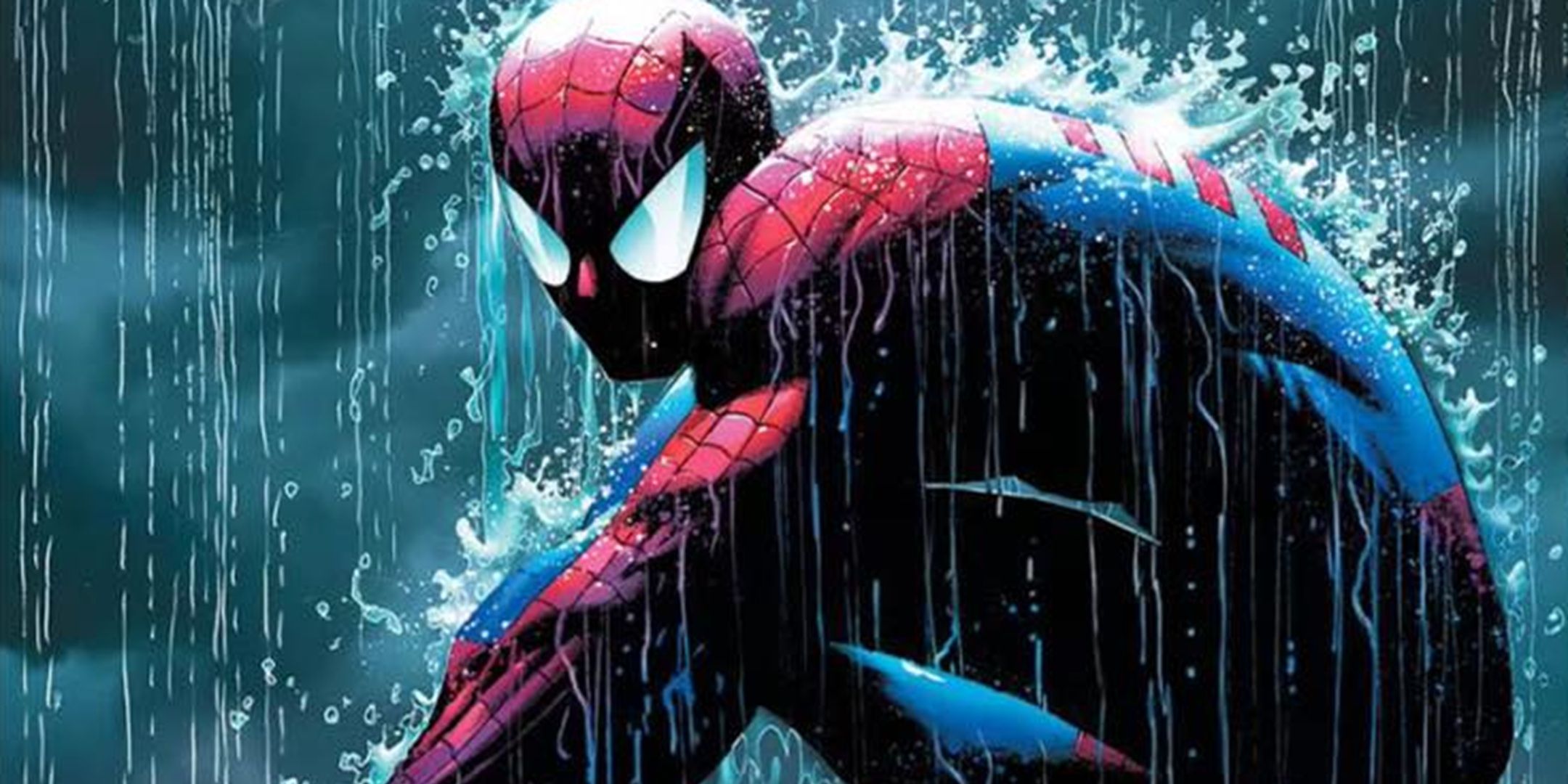[[{“value”:”
The award-winning colorist and designer, José Villarrubia, has started an online debate over the difference between comic book homages and plagiarism after he posted on social media about an Amazing Spider-Man comic book variant cover by Tyler Kirkham that he felt went beyond homaging the original cover by John Romita Jr. (colored by Villarrubia), after Villarrubia saw an advertisement online for an upcoming book about Kirkham’s Marvel art that used the variant cover to advertise for the book.
Homages, of course, have always existed, but they have become a major part of the comic book industry in more recent years, as the number of variant covers for every issue of any given comic book has exploded, with certain publishers routinely publishing at LEAST four variant covers for any given comic book, so naturally, with an increased need for cover art ideas, homages have become very popular, with Marvel even famously doing a series of variant covers homaging famous hip hop album covers. However, Villarrubbia is suggesting that there is a line between homaging a cover and “ripping off” the original cover, and that here, that line was crossed.
Related
A Major New Era of Spider-Man Begins as the Hero Approaches a Milestone
Marvel’s dramatic new direction for Spider-Man will also include a special series of variant covers counting down until Amazing Spider-Man #1000!
Roughly two weeks ago, Villarubbia first posted on social media, “I just saw this “Amazing Spider-Man #26 Tyler Kirkham Variant” on the right. “After the Romitas”? WTF. Why does this even exist?”
He then continued on June 25th to note:
One more time: Let’s talk about the difference between homage and plagiarism. The image in the center is a great example of an homage. As I’ve mentioned before, John Romita Jr. revisited his earlier cover. The original was penciled by him, inked by his father, John Romita Sr., and colored by me (left). For his Amazing Spider-Man #43 cover (center), the new version was inked by Scott Hanna and colored by Dan Kemp. Each of them did not try to mimic what was done before. It’s clearly inspired by the original, but it adds something new. It is not a trace, not a copy. It is respectful and creative. You would not mistake both images, in their pencilling, their inking or their coloring. Now look at the one on the far right. The Tyler Kirkham variant cover for Amazing Spider-Man #26, colored by Ceci de la Cruz, is not an homage. It is a rip-off.
Related
Spider-Man Begins a Brand New, and Very Cosmic, Marvel Adventure
Spider-Man will be going on a bold, cosmic adventure in September’s Amazing Spider-Man issues, but this adventure includes a major twist!
Kirkham addressed the covers on his Facebook Art page:
I felt I had to share this. Not sure what I did to offend Jose. I think he blocked me so I can’t defend myself. I was literally hired to do this recreation of the cover by Marvel. That’s why I give credit to the original artists. I’m not creating these for fun to sell on my own. I go through the official Marvel channels. I draw what they ask and get everything approved. Marvel owns the artwork. I did recently tell Clover let’s not use the homage covers to promote this book. Let’s use the original work I’ve produced. Which is 99% of the book. In the end I’m an artist for hire. As a cover artist I get asked to do homages and recreations sometimes. As do lots of other artists. Jose, sorry if I’ve have offended you in some way….
The Kirkham variant was a store-exclusive variant for the store, Spectral Comics. Those store exclusive covers DO have to be approved by Marvel Comics, but it is a bit unclear who actually specifically requested the homage, Marvel or Spectral Comics.
Source: José Villarrubia and Tyler Kirkham
“}]] An award-winning artist has started a debate about the distinction between homage and plagiarism in comic book art Read More

